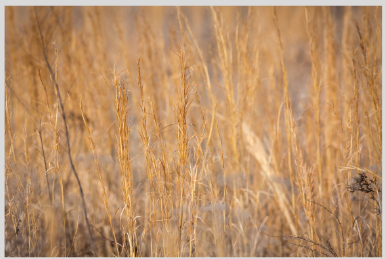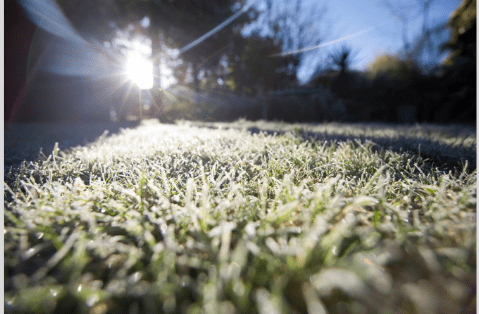Do Lawns Really Hibernate in Winter: Understanding Grass Winter Dormancy
Understanding grass winter dormancy is a very important first step in understanding how to learn how to prepare your lawn for the winter. As temperatures drop, you might notice your lush, green lawn starting to lose its vibrancy. But what exactly happens to your grass in the colder months? Does it go into a hibernation-like state? Let’s dive into the science of grass during winter dormancy and what you can do to care for your lawn during this time.
Understanding Grass Winter Dormancy and How to Care for Your Lawn
While grass doesn’t hibernate in the same way animals do, many types enter a dormancy phase to conserve resources. During this period, growth slows down, and the grass relies on stored energy until conditions improve.
Understanding Which Type of Grass is in Your Lawn:
Here in Northeastern Wisconsin, we have Cool-Season Grasses. Cool-Season Varieties, such Kentucky Bluegrass, can tolerate colder temperatures and may grow slowly but turn brown in extreme cold.
Signs of Dormancy: Is Your Lawn Dead or Just Resting?
A common question during winter is whether the lawn has died. Here’s how to tell if your grass is just dormant:
1. Color Change: Grass often turns brown, conserving energy during dormancy.
2. Brittleness: Dormant grass may feel brittle, but if it bends without breaking, it’s likely still alive.
3. Root Check: Healthy, dormant grass will have white or light-colored roots, unlike dead grass, which has dark roots.
How to Care for Your Lawn During Dormancy
Even when grass is dormant, a little care helps it stay healthy:
• Water Sparingly: Over-watering can lead to disease. Only water if there’s an extended dry spell.
• Avoid Heavy Traffic: Dormant grass is vulnerable to damage, so limit foot traffic.
• Clear Debris: Rake leaves and other debris to prevent mold and fungus, which thrive in the cold.
• Use a Winterizer Fertilizer: Prepare for dormancy by applying a winterizer fertilizer. It provides essential nutrients, helping your grass recharge and bounce back in spring.
What to Expect When Spring Arrives
As temperatures warm up, grass will start to grow again. You’ll see new shoots of green as growth resumes. Be patient and give your lawn a few weeks to regain strength before resuming your regular care routine.
 Summary
Summary
While lawns don’t technically hibernate, dormancy is a natural survival mechanism. By understanding this process and using the right techniques—like a winterizer fertilizer—you can help ensure that your lawn emerges from winter healthy and ready to thrive. So when you see those brown patches, don’t panic—your lawn is just taking a well-deserved rest.
With these tips, you can enjoy a lush lawn when spring arrives. Need help? Our lawn care experts are ready to assist with tailored solutions for your yard.
![]()
![]() For more lawn care tips and services, contact us today or follow our social media pages: Facebook and Instagram
For more lawn care tips and services, contact us today or follow our social media pages: Facebook and Instagram


